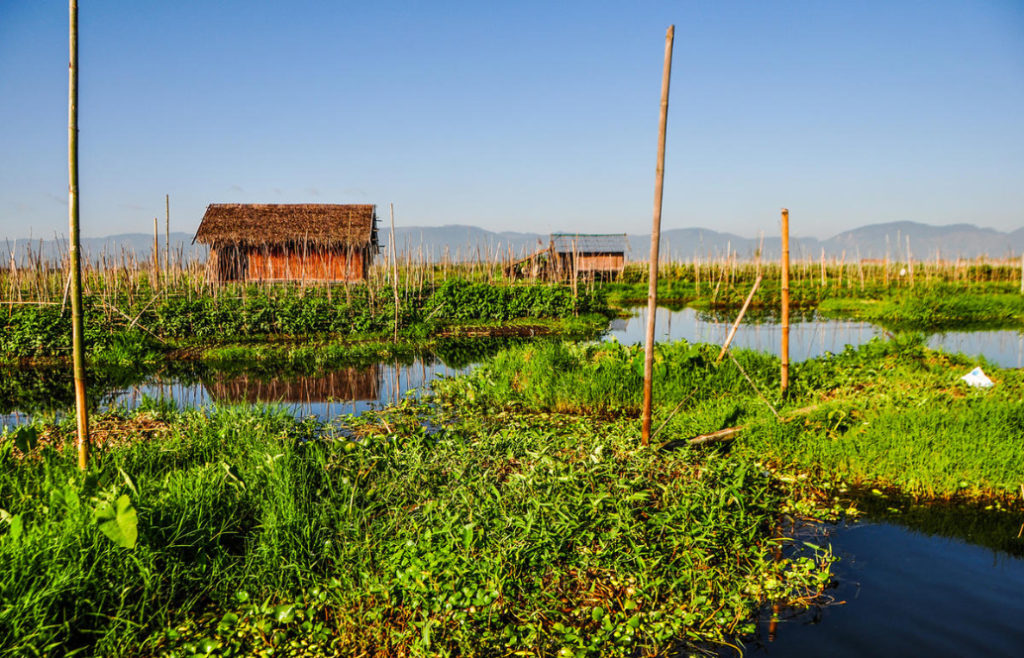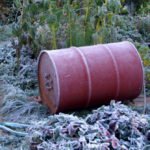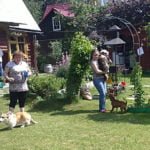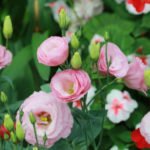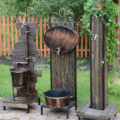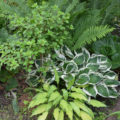Agriculture, like everything else, has its own history. It is quite long: perhaps this is the most ancient branch — historians count almost 12 millennia. In one of the previous publications, we considered slash-and-burn agriculture. And in this article I propose to get acquainted with the chinamp technology — the traditional agriculture of the Aztecs in the pre-Columbian era.
Chinamps are artificially created floating islands on which agriculture was practiced, as well as housing and outbuildings were erected. As in the case of the slash-and-burn method, the antiquity and apparent primitiveness of the chinamp does not mean that this technology is ineffective. And if the fire method of tillage, despite the high yield and other advantages, does not suit a modern summer resident in any way, then it may be worth looking at chinamps. Especially considering the problems with excess water on the site of many landowners.
By the beginning of the XIV century, numerous Indian tribes in the Mexican Valley finally ordered their relationships. The Tenochtitlan tribe, after 260 years of nomadic lifestyle, finally found a place corresponding to the ancient prophecy: The god of the Sun and War Huitzilopochtli ordered to lay a city where they would see an eagle with prey sitting on a cactus. They founded the city of Tenochtitlan (on the site of the modern capital of Mexico, Mexico City), which became the center of the Aztec empire. From the very beginning of their settlement on a small island of the salt lake Texcoco, they faced a shortage of land and fresh water. And they solved both problems very effectively, at the same time creating a developed agricultural economy that easily provided the residents of the city with a variety of food products.

Tenochtitlan is the capital of the Aztec Empire
The Spanish conquistadors described what they saw as follows: “… towers, temples, mighty buildings of stone towered everywhere, then on the ground, then on the water… there were gardens all around, but such that you couldn’t see enough… here and there you could see the mirrored surface of ponds and ponds.”
It is worth saying that the Aztecs, or, as they called themselves, Tenochtitlans, were not the authors of the idea of chinamp. This technology was used earlier by tribes living on the territory of the modern capital of Mexico. The invention of chinamp is attributed to Akatonalli, the leader of the Xochimilco tribe, who dominated around the 600s. But the Aztecs, having conquered Xochimilco, moved from ordinary floating beds to urban planning scales — for 100 years with the help of chinamp technology, the area of Tenochtitlan from a tiny island increased to 7.5 km2, and the population was, according to some reports, up to 500,000 people. At that time, Tenochtitlan was the largest city on Earth.
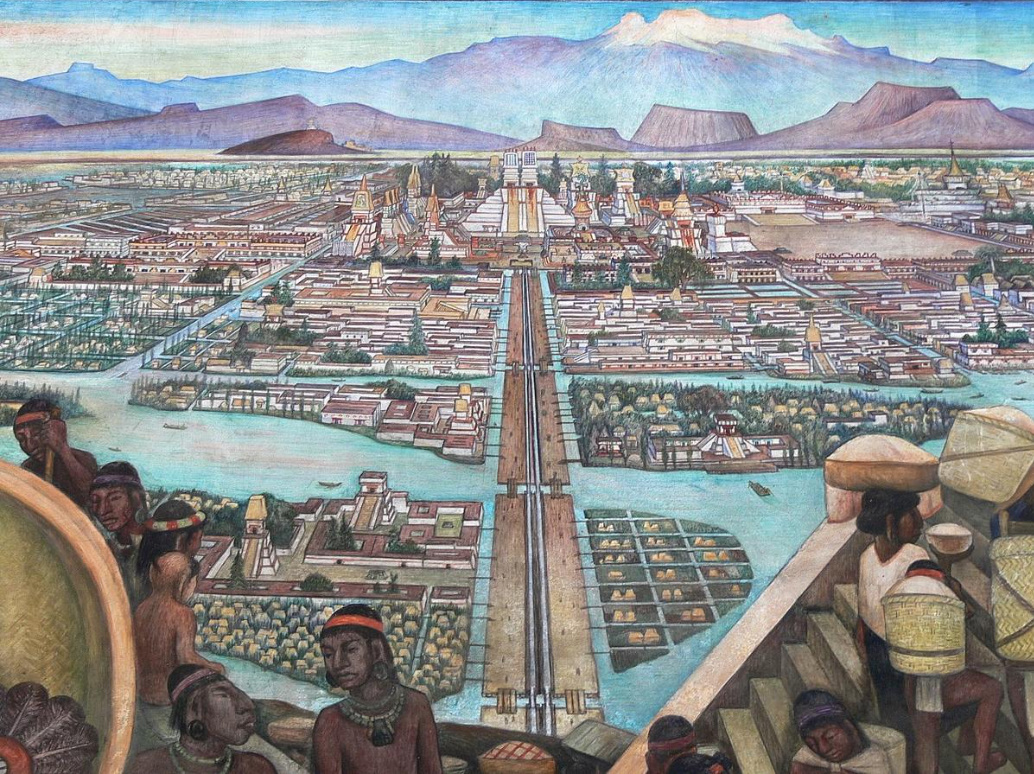
Lake Texcoco was salty, but not completely. The Aztecs built a dam using chinamp technology, separating the fresh southwestern part from the saltwater bays in the north. And they built islands on which there were houses, schools, temples, using the same chinamp technology — wattles filled with earth. The canals were used as transport arteries. Agriculture was also conducted on the floating islands of Tenochtitlan, but the main “vegetable garden” of Tenochtitlan became chinamps in the shallow fresh lakes Xochimilco and Chalco, south of Lake Texcoco.
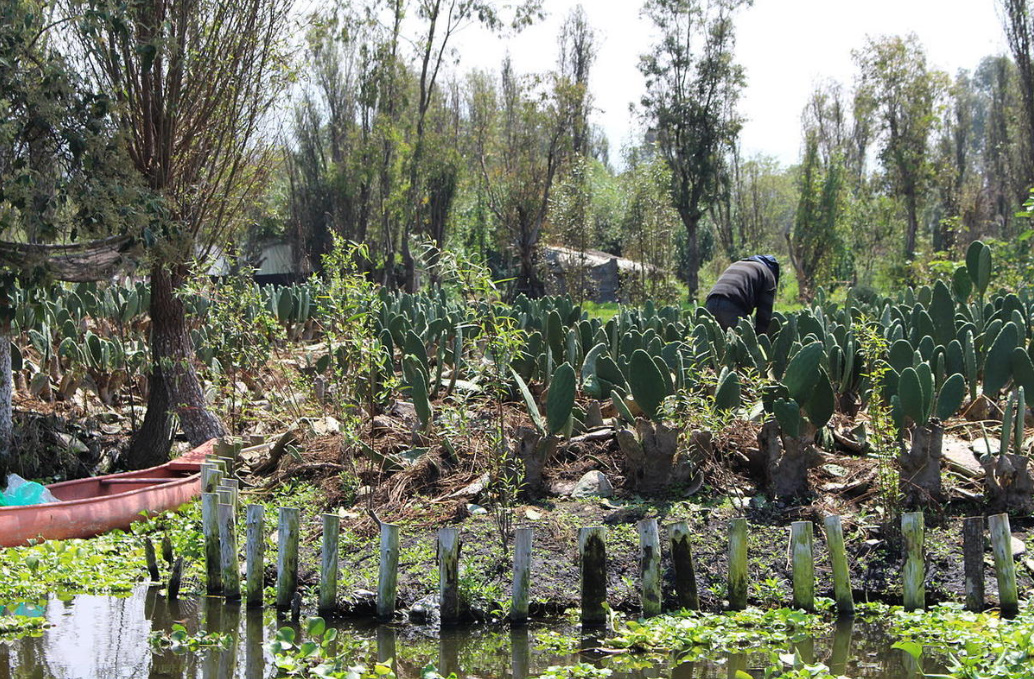
Today chinamps Xochimilco (the word Xochimilco in translation from the language of the indigenous inhabitants of Mexico means “flower field”) is a UNESCO World Heritage Site, a tourist center called Mexican Venice. But on most of the Chinamp islands, farmers continue to traditionally grow vegetables, corn and flowers.
Chinamps — floating islands
The chinamps of Xochimilco are called floating gardens, but this is not so: man—made islands do not float – they, as befits islands, have a connection with the bottom of the lake. The word “chinampa” can be translated as “a bed surrounded by reeds or stakes on the surface.” To set up a chinampa in the shallow part of the lake, stakes are driven along the perimeter of the future bed, they are intertwined with reeds, and then the limited space is filled with soil.
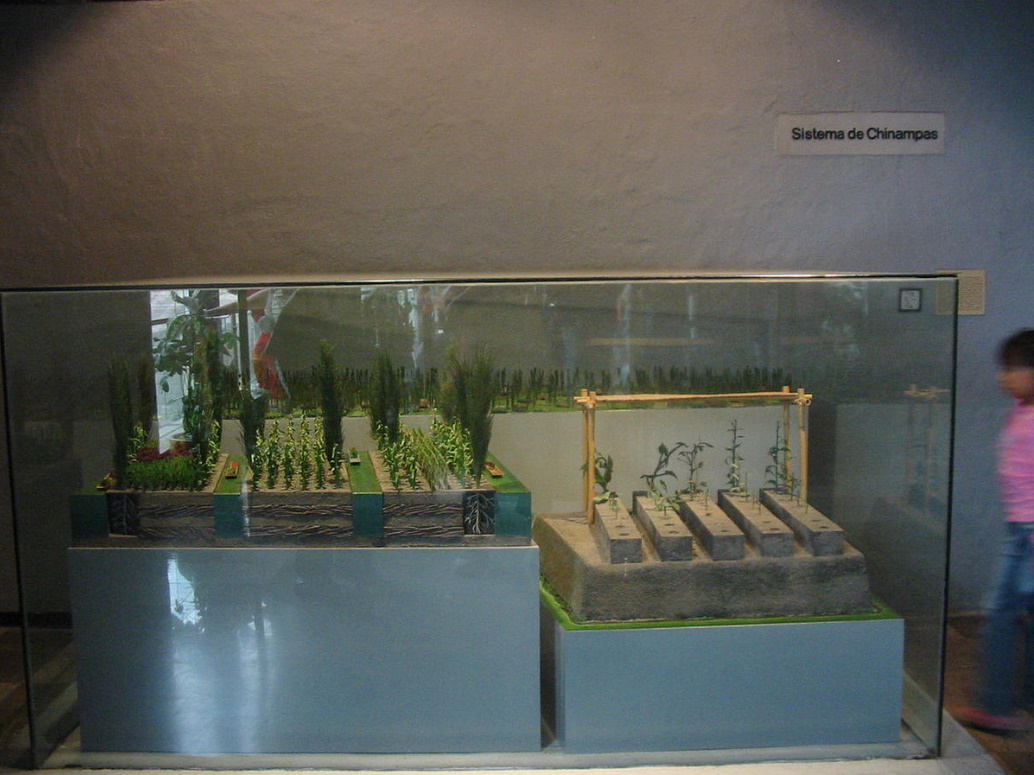
Artificial islands have different areas, but most often chinamps for agriculture are made 2-10 m wide and 4-100 m long. The height of the structure (from the bottom to the surface of the bed) is up to 4 m, while the thickness of the fertile layer can reach 1 m. Movement between the individual islands is carried out by canoe and wide flat-bottomed boats. In some places, catwalks and bridges are thrown over. Willows are planted in the corners of the created island to strengthen the structure with their roots.
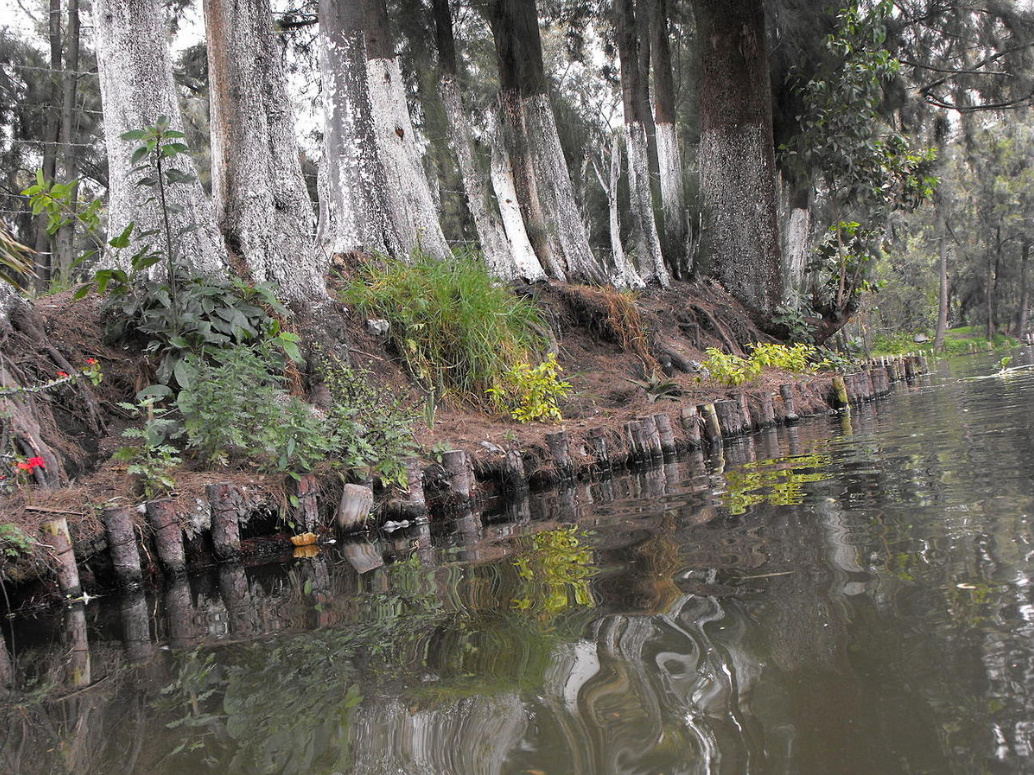
In addition to the arrangement of beds, chinamps are used as pastures, for recreational purposes — then trees are planted on them and a park and forest area is formed. On others, residential buildings are being built for ordinary Mexicans and quite wealthy.
One of the mandatory agrotechnical techniques in the chinamp farm is the regular introduction of silt and rotting plant residues into the man—made soil. In addition to a good fertilizer for plants, this is a necessary procedure for cleaning silted channels.
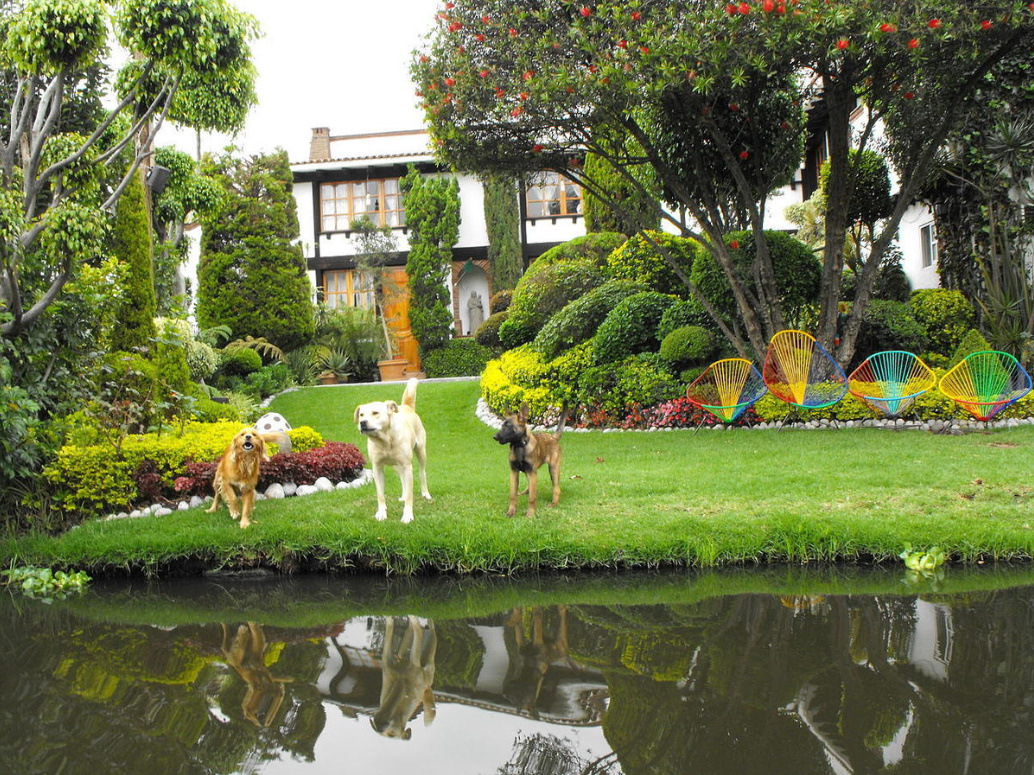
In historical times, the construction and maintenance of chinamp was carried out with a minimum of tools. Canoes were used to transport soil, stones and subsequently grown products to the market; a digging stick for cultivating the land and a “tool for silt” — a large bucket on a long (up to 5 m) handle for scooping out silt.
Chinamps are an effective way of managing
As mentioned above, the ancient capital of the Aztecs was a very large city, a kind of medieval metropolis. And all kinds of food, including livestock products, poultry, fish, salamanders, insects, traditional for Mexican cuisine, and, of course, a variety of vegetables and maize (corn), were supplied to the market in Tenochtitlan by the residents of Xochimilco.
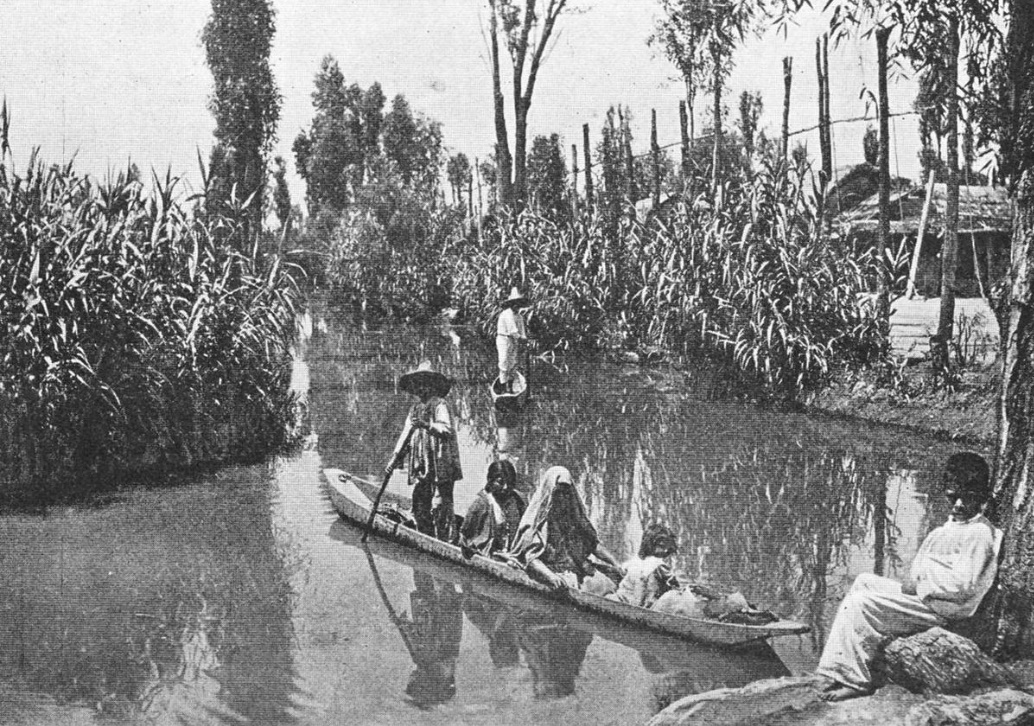
Gardens and vegetable gardens on the chinampas of Xochimilco with a population of about 25,000 people fed the five hundred thousand population of the capital. At the same time, the climatic conditions of the Mexican Valley are far from ideal agrarian: the mainland soil is infertile — it is difficult or almost impossible to grow anything on it without artificial irrigation. Aztec farmers managed to get record harvests on chinamps (at least 3 times more than on agricultural land with artificial irrigation outside chinamps) and harvest up to 7 times a year.
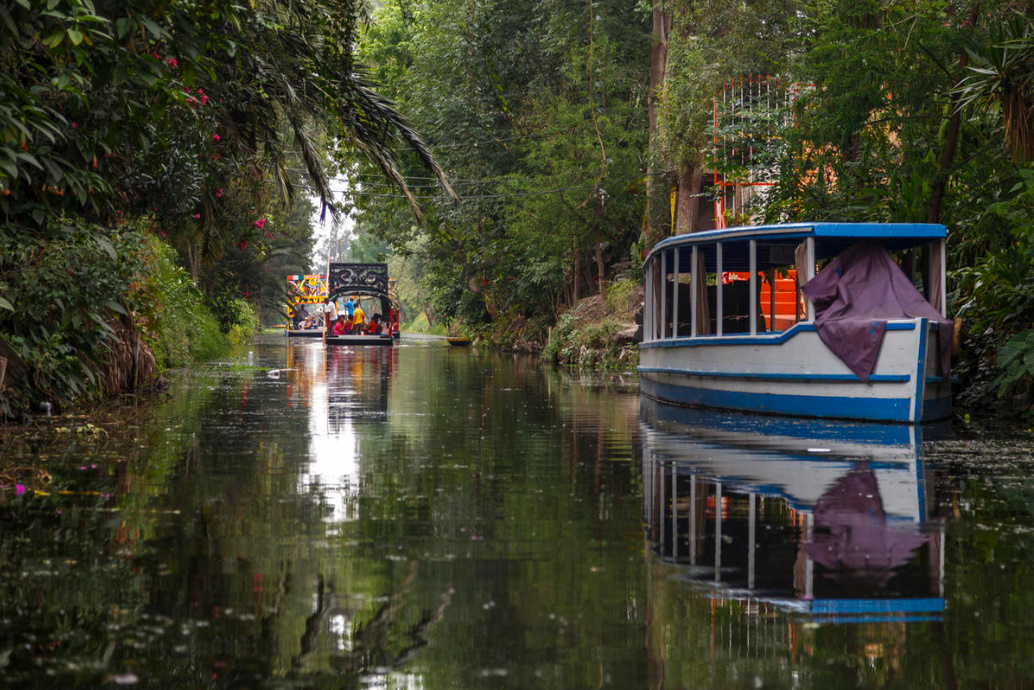
Chinamps are still considered one of the most effective ways of farming today — and not only in arid Mexico. For example, in Myanmar, on Inle Lake, the Intha people also make floating vegetable gardens — mats woven from reeds with a soil of algae and silt, fixed with poles in the bottom so that they do not float away. And it also supplies vegetable products to quite a large number of consumers. There are vegetable gardens on floating islands in China: in Jiangsu Province, on Lake Taihu, local farmers grow rice, wheat and cannas.
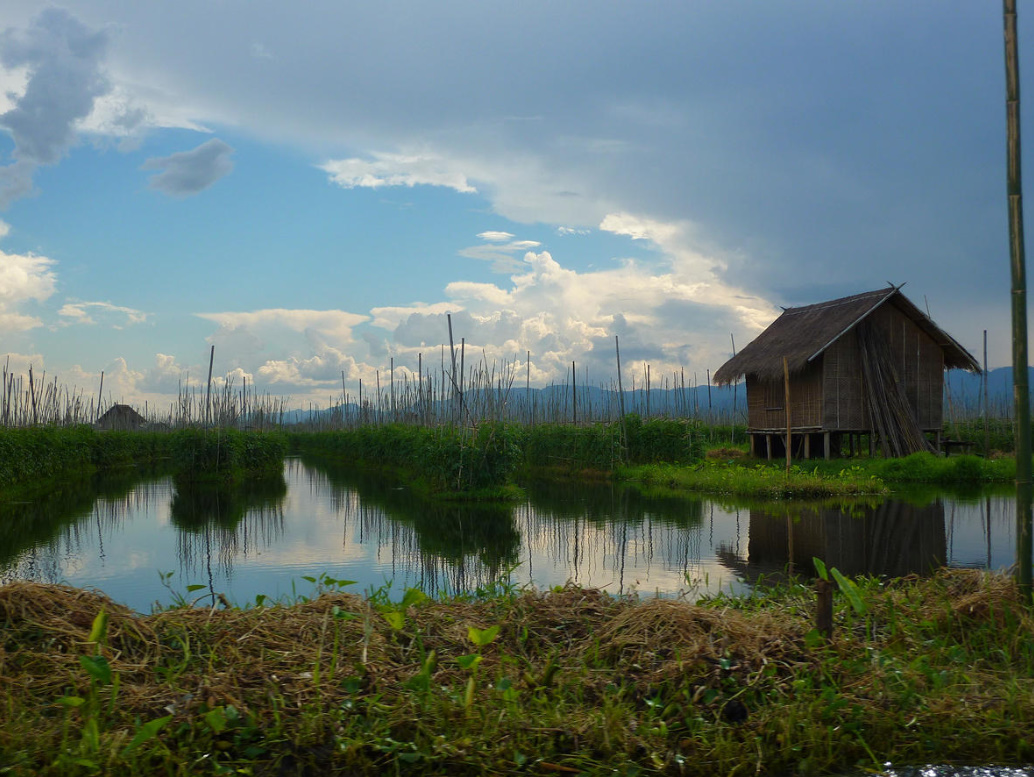
Chinamps 2.0: Reboot
Rodrigo Lanado, the founder of the Hombres de Maíz project, a researcher of national culture and a proponent of an agricultural system based on interconnections in natural ecosystems (permaculture), believes that Mexican chinampas are a real and affordable food supply solution. Especially — for areas with arid climate, but also very effective in most climatic conditions.
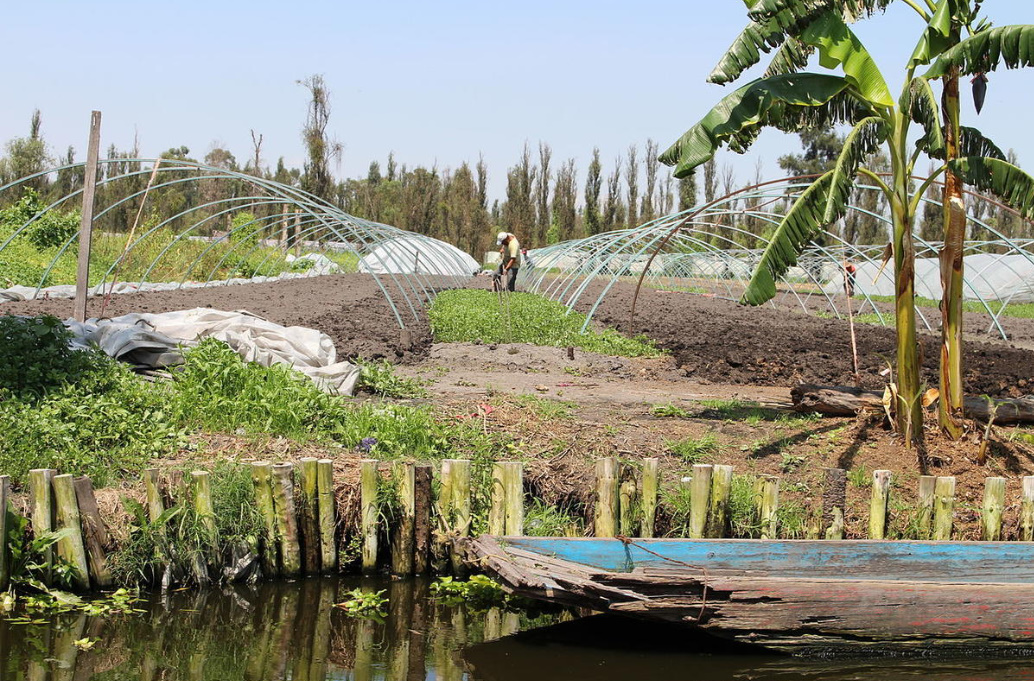
Plots on chinamps are not subject to drought, like other systems, and practically do not require irrigation — accordingly, they save more than 80% of water compared to conventional irrigation systems. The chinamp device creates a good microclimate: the system is completely stable, maintains constant humidity, which is ideal for soil microbiology, and protects crops from frost and many pests. And most importantly, they are 7 times more productive per 1 m2 than any other system in agriculture. This is probably the most efficient farming system ever created.
The chinamp system also makes it possible to successfully combat seasonal floods and flooding. Perhaps many gardeners, especially those who have to fight with excess water on the site and high groundwater every year, should take a fresh look at their land ownership and turn to the experience of their ancestors. And what do you think about the device of a chinamp at your dacha?
